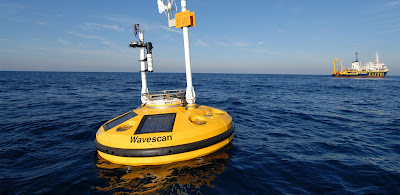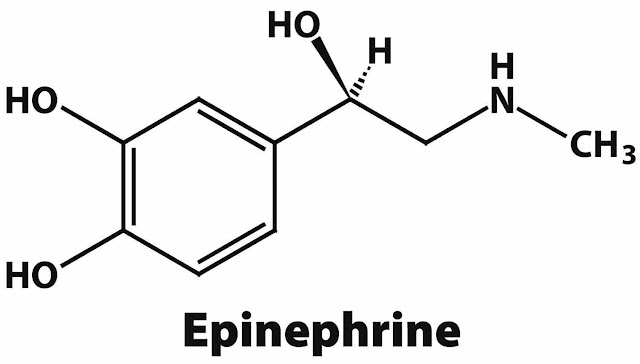Oceanographic Monitoring System is essential in marine industry for providing important information
 |
| Oceanographic Monitoring System Market |
The Oceanographic Monitoring System is a global monitoring system that provides information about the marine environment. These systems consist of one or more sensors that are placed in various depths of the ocean. The data obtained from these sensors is transmitted to a buoy, which is anchored to the sea floor. The OMS includes several types of instruments that are used in the ocean environment. These sensors provide valuable information for both the scientific community and commercial customers.
An oceanographic monitoring system typically includes a combination of sensors and instruments. The sensors can measure physical, chemical, biological, and meteorological parameters. The choice of sensor depends on the user's requirements and the characteristics of the area where the sensors will be deployed. The selection of sensors and their features will vary, so it is important to consider the sensitivity, linearity, accuracy, resolution, and power consumption requirements of the system. The corresponding sensors should be lightweight, ideally small, and able to operate even in rough seas and bad weather.
The most commonly used sensors are oceanographic buoys, which use the newest technology in oceanographic monitoring. These devices can measure many parameters including ocean temperatures, pH levels, turbidity, and water temperature. Depending on the application, the sensors can monitor physical, chemical, or biological parameters. The selection of the sensor depends on the users' requirements, and on the characteristics of the area where they will be deployed. The selection of the sensor must be based on the sensitivity, linearity, accuracy, and resolution, and on the measurement rate of the system. They also need to consider the depth of the oceans, and the location of the sensor. The design of the buoys is important. It must be corrosion-proof and provide sufficient power to power the sensors.
An oceanographic monitoring system typically includes a combination of sensors and instruments. The sensors can measure physical, chemical, biological, and meteorological parameters. The choice of sensor depends on the user's requirements and the characteristics of the area where the sensors will be deployed. The selection of sensors and their features will vary, so it is important to consider the sensitivity, linearity, accuracy, resolution, and power consumption requirements of the system. The corresponding sensors should be lightweight, ideally small, and able to operate even in rough seas and bad weather.
The most commonly used sensors are oceanographic buoys, which use the newest technology in oceanographic monitoring. These devices can measure many parameters including ocean temperatures, pH levels, turbidity, and water temperature. Depending on the application, the sensors can monitor physical, chemical, or biological parameters. The selection of the sensor depends on the users' requirements, and on the characteristics of the area where they will be deployed. The selection of the sensor must be based on the sensitivity, linearity, accuracy, and resolution, and on the measurement rate of the system. They also need to consider the depth of the oceans, and the location of the sensor. The design of the buoys is important. It must be corrosion-proof and provide sufficient power to power the sensors.


%20Treatment%20Market.jpg)
Comments
Post a Comment